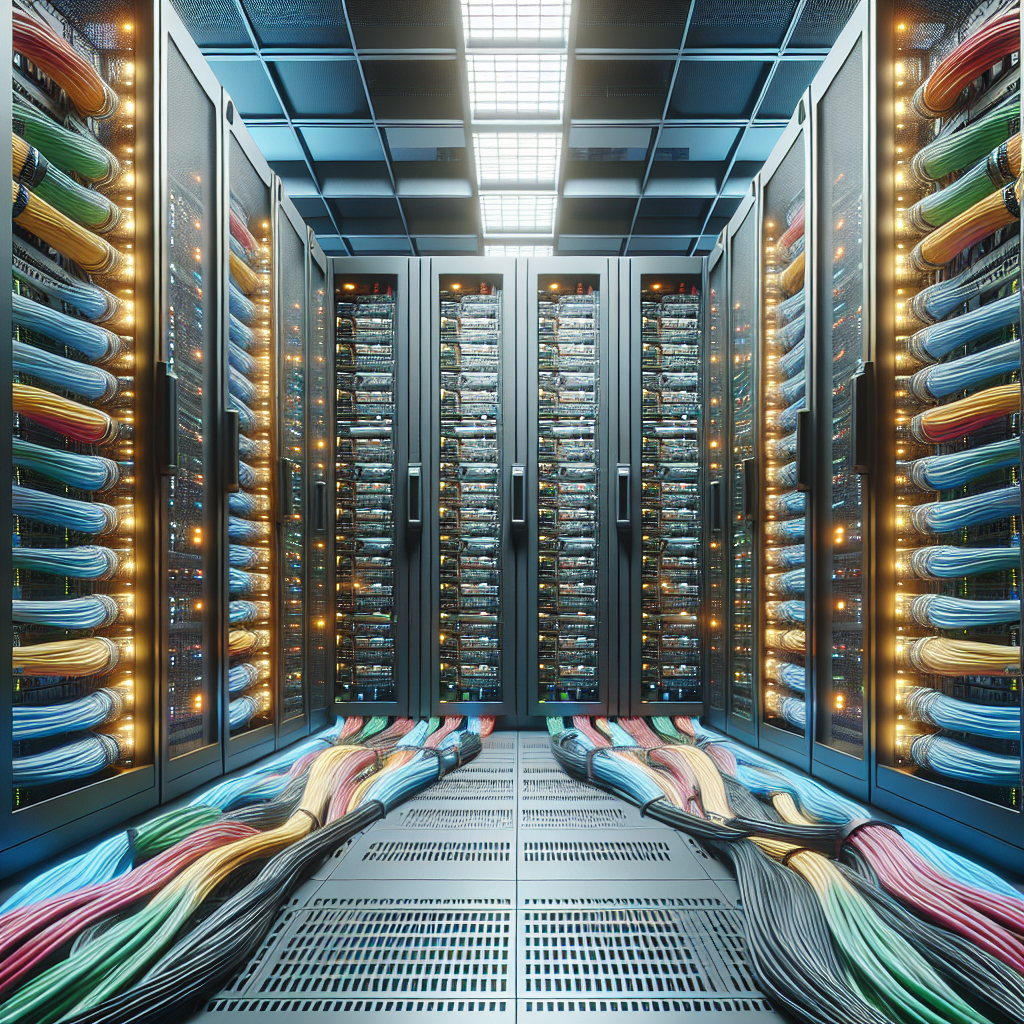In today’s fast-paced digital world, data centers play a crucial role in powering the technology that drives businesses and organizations. With the ever-increasing demand for data processing and storage, it is essential for data centers to operate at peak performance levels. One key factor that can greatly impact the performance of a data center is the cabling infrastructure.
Proper data center cabling is essential for maximizing performance and ensuring seamless data transmission. A well-designed and organized cabling system can help reduce latency, improve network efficiency, and enhance overall data center performance. Here are some tips for maximizing performance with proper data center cabling:
1. Plan for scalability: When designing a data center cabling system, it is important to plan for future growth and scalability. This means considering the number of servers, switches, and storage devices that will need to be connected, as well as potential expansion in the future. By planning for scalability, you can avoid the need for costly cabling upgrades down the line.
2. Use high-quality cabling components: The quality of cabling components, such as cables, connectors, and patch panels, can greatly impact the performance of a data center. Using high-quality components that meet industry standards can help ensure reliable data transmission and reduce the risk of network downtime.
3. Organize cables properly: Proper cable management is essential for maintaining a tidy and efficient data center environment. Organizing cables in a neat and orderly manner can help prevent cable congestion, reduce the risk of cable damage, and make it easier to troubleshoot and maintain the cabling system.
4. Utilize cable management tools: Cable management tools, such as cable trays, racks, and labels, can help streamline the cabling installation process and improve overall system organization. By using these tools, you can keep cables organized, reduce the risk of cable tangles, and make it easier to identify and trace cables when needed.
5. Implement best practices for cable routing: Proper cable routing is essential for maximizing performance and reducing the risk of signal interference. When routing cables, it is important to avoid sharp bends, kinks, and tight twists, as these can cause signal degradation and impact data transmission speeds. Instead, cables should be routed in a smooth and gentle manner to ensure optimal performance.
In conclusion, proper data center cabling is essential for maximizing performance and ensuring the smooth operation of a data center. By following these tips and best practices for cabling design and installation, you can help improve network efficiency, reduce downtime, and enhance overall data center performance. So, make sure to invest in high-quality cabling components, plan for scalability, organize cables properly, utilize cable management tools, and implement best practices for cable routing to maximize the performance of your data center.


Leave a Reply